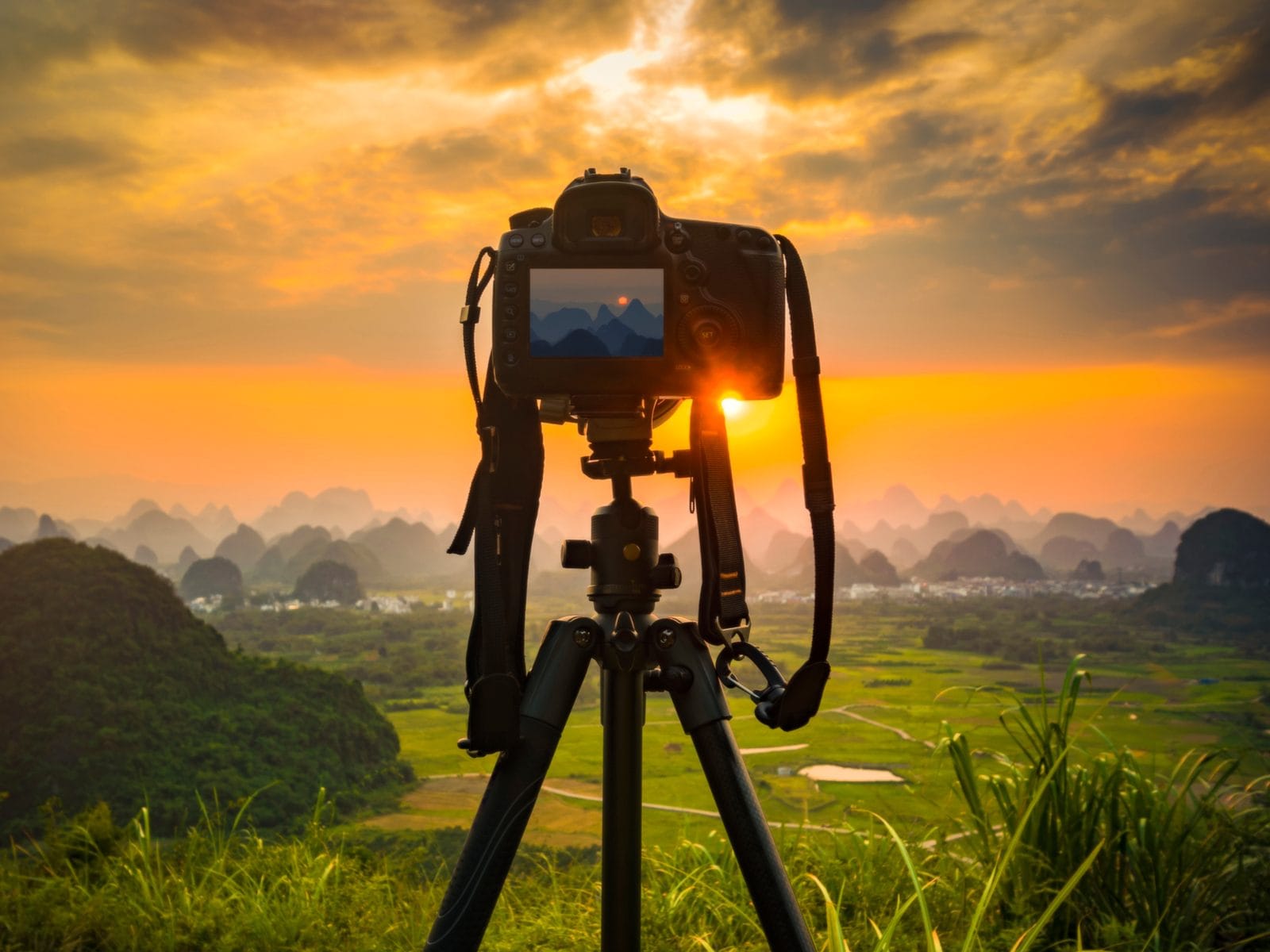Timeline Tales
Exploring the stories that shape our world, one timeline at a time.
Click, Capture, Create: Your Camera's Secret Life
Discover the hidden powers of your camera! Unleash creativity with tips and tricks to elevate your photography game. Click to learn more!
Unlocking Your Camera's Potential: A Beginner's Guide to Photography
Welcome to Unlocking Your Camera's Potential, a beginner's guide to photography designed to help you take your first steps towards becoming a skilled photographer. In today's digital age, owning a camera is just the beginning; understanding how to use it effectively is what truly transforms your photography. Start by familiarizing yourself with essential camera settings, such as aperture, shutter speed, and ISO. These elements work together to influence exposure and image quality. For a detailed breakdown of these settings, check out this guide.
Once you've grasped the basics, practice makes perfect. Experimenting with different lighting conditions, subjects, and compositions is crucial. Consider employing the rule of thirds to enhance your photos; this compositional guideline helps create balanced and engaging images. Additionally, don't hesitate to explore various post-processing techniques to give your photos that professional touch. For more on photography composition and tips, visit this resource. Remember, every great photographer started as a beginner; keep practicing, and you will unlock your camera's full potential!

The Art of Capturing Moments: Tips and Tricks for Stunning Photos
The art of capturing moments lies not just in having the latest camera, but in understanding the key principles of photography. One of the foremost tips for stunning photos is to master the concept of composition. This involves balancing the elements within your frame to draw the viewer's eye. Techniques such as the Rule of Thirds or leading lines can transform an ordinary shot into something extraordinary. Remember to keep your subject in focus while creatively playing with the background to avoid distractions that could detract from the moment you want to capture.
Another essential aspect is lighting. The golden hour, which occurs shortly after sunrise or before sunset, provides beautifully diffused natural light perfect for photography. Additionally, don't shy away from experimenting with different angles and perspectives; sometimes, the most captivating images come from unexpected viewpoints. For more intricate insights, consider looking at resources like Light Stalking, which provides valuable tips on utilizing light effectively. By combining these techniques with practice, you’ll be well on your way to mastering the art of capturing unforgettable moments.
What Does Your Camera Really Capture? Understanding the Science Behind Photography
What does your camera really capture? At first glance, photography may seem as simple as pointing a device at a scene and pressing a button, but the science behind it is profoundly intricate. When you take a photograph, your camera captures light reflecting off objects in the environment. This light passes through the lens, where it is focused onto a sensor (in digital cameras) or film (in traditional cameras). The sensor or film then records the intensity and color of the light, creating an image that represents the moment in time. Understanding this process is crucial for photographers, as it allows them to manipulate variables such as exposure, white balance, and composition to achieve the desired artistic effect.
Moreover, the camera's sensor technology plays a pivotal role in determining image quality. Sensors come in various formats and sizes, each affecting how light is captured and translated into pixels. Photographers often consider factors such as dynamic range and sensor size when selecting a camera to ensure optimal performance under different lighting conditions. Understanding the capabilities and limitations of your camera’s sensor can significantly influence your approach to photography, allowing you to capture images that are not only beautiful but also rich in detail and depth.